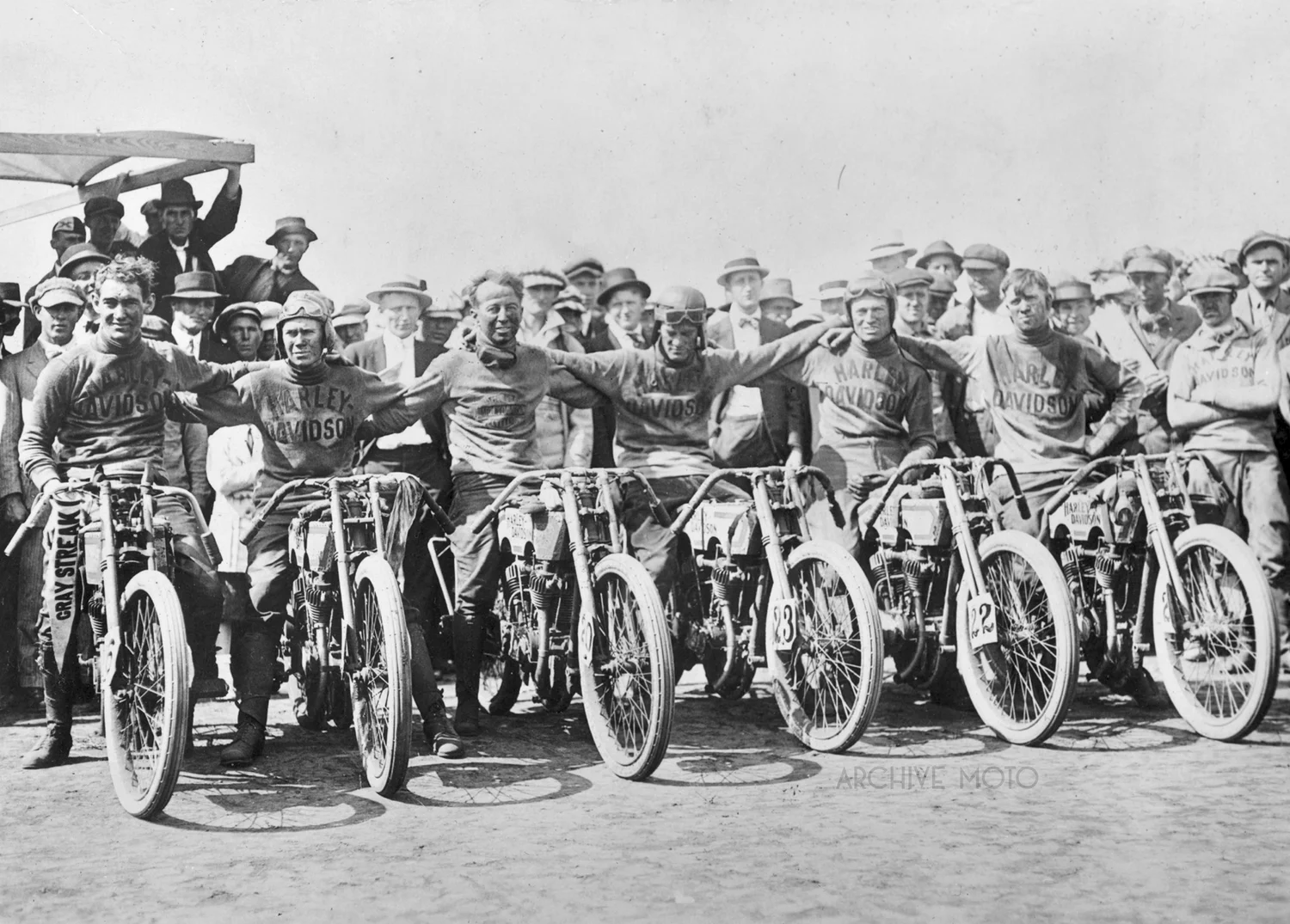William S. Harley and Walter Davidson pause at a checkpoint along the 505-mile route of the 1910 Federation of American Motorcyclist (FAM) Endurance Competition. The two men from the Harley-Davidson Motor Company were among the record 126 entrants to compete in the 9th annual endurance event early that August. Obviously the duo piloted the latest 35ci, 4HP machines that the Motor Co. had to offer and were accompanied by two other factory men, Frank Ollerman and Alexander Klein on two more of the same model. The major brands of Indian, Excelsior, Merkel, Reading Standard and Thor filled up the field of entrants, but smaller manufacturers like Bradley, Emblem, Yale, Reliance, Mack, MM, New Era, Haverford, Marvel, and Pierce rounded out the list. None of the “Harley-Davidson team” were professional racers, though one could argue that Walter Davidson was the company’s first racer as he frequently competed in a variety of events once joining the company in 1907. The remaining entrants covered the spectrum of early American motorcyclists, from professional racers and manufacturer teams to your everyday motorcycle enthusiast, all competed to test their machines and themselves alike.
After a hard rain made thick clay out of the course roads on the first day nearly 90 of the entrants fell too far behind in the points to place though several continued forward. The mud-bathed boys from Milwaukee pushed through the difficult conditions and each man finished the event with near perfect scores. William S. Harley, the high man on the HD totem pole finished in the top 10 with a score of 986 points out of 1000. An account of the event speculates that if William Harley had not stopped to help his teammates through the nastiness of that first leg he would have easily claimed a perfect score. With the help from Bill Harley, Walter Davidson came in 13th with 916 points, Frank Ollerman finished 20th with 846 points, and Alex Klein rounded out the team in 23rd place with 712 points. Only 24 men, including all 4 members of the Harley-Davidson team finished the 1910 FAM Endurance Competition out of the 126 that entered. The next week a full page advertisement announcing the accomplishment and superiority of Harley-Davidson motorcycles was taken out in the newspapers and trade magazines proclaiming that “it’s the road, not the race track that really tests a machine.”






